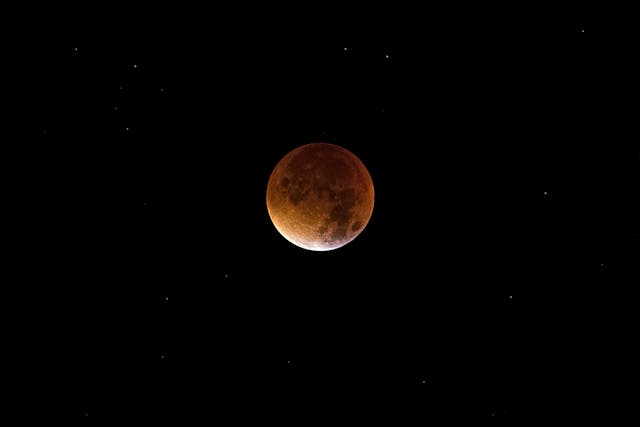For centuries, humanity has gazed up at the night sky, mesmerized by the stars, planets, and the vastness of space. With over 100 billion galaxies out there, each containing hundreds of billions of stars, it’s hard not to wonder: Are we really alone in the universe? The question of whether aliens exist has long been a subject of fascination, debate, and speculation. Here on GertieBlu, I wanted to dive into this timeless mystery and explore the possibilities of extraterrestrial life.
The Universe: Too Big for Just Us?
The sheer size of the universe almost demands that life exists somewhere else. Earth is but a speck in the cosmic ocean, and our Milky Way galaxy is just one of trillions. With such an astronomical number of planets in the universe, the idea that Earth is the only planet where life has evolved seems, at best, improbable.
In fact, in 1961, astronomer Frank Drake formulated the Drake Equation, an attempt to estimate the number of extraterrestrial civilizations in our galaxy capable of communication. Although we still don’t have solid answers, the equation makes it clear: with so many stars, planets, and moons out there, the odds of us being completely alone feel slim.
Life Beyond Earth: Fact or Fiction?
Over the years, stories of alien encounters, UFO sightings, and government conspiracies have only fueled our curiosity. From the infamous Roswell incident in 1947 to the recent release of military videos showing unexplained aerial phenomena, the possibility of contact with extraterrestrial beings continues to stir imaginations.
But what about the hard science? NASA and other space agencies have been actively searching for signs of life. For example, the Mars Rovers have been diligently hunting for evidence that life once existed—or still exists—on the Red Planet. Even more promising, scientists have discovered thousands of exoplanets orbiting distant stars, many of which reside in the so-called “Goldilocks zone”—not too hot, not too cold, but just right for liquid water to exist, a key ingredient for life as we know it.
One of the most exciting discoveries in recent years is Enceladus, a moon of Saturn, which has an ocean beneath its icy surface. Along with Jupiter’s moon Europa, these celestial bodies are prime candidates for finding microbial life, or at least the conditions necessary for it.

The Fermi Paradox: So Where Is Everybody?
With the universe brimming with so many potential places for life, why haven’t we found any aliens yet? This question forms the core of the Fermi Paradox, named after physicist Enrico Fermi. Fermi wondered: if there are so many stars and planets, and if intelligent civilizations are out there, why haven’t we seen definitive evidence of them?
There are several possible explanations for this paradox:
- We’re looking in the wrong place. Space is enormous, and our methods of detection are still quite primitive. We may simply be missing the signals.
- Advanced civilizations are avoiding us. Perhaps we are considered too primitive, and advanced extraterrestrial species have decided to observe us from a distance, much like scientists studying animals in the wild.
- The “Great Filter.” Another chilling theory is that civilizations inevitably destroy themselves before they reach a level of technological advancement necessary for interstellar communication. Could humanity be on the brink of such a filter?
- They are already here. Some theorists believe that extraterrestrials have already visited Earth or are even living among us. While this idea is a staple of science fiction, there are those who believe that government cover-ups and secrecy might hide the truth from the public.
What Would Alien Life Look Like?
If aliens exist, they could take a variety of forms. Hollywood has often depicted extraterrestrial life as humanoid or insect-like, but life beyond Earth might be completely different from anything we can imagine.
Some scientists suggest that alien life might not be carbon-based like us. On distant planets with different chemical makeups, life could be based on silicon, ammonia, or even forms we can’t currently understand. This makes the search for aliens even more challenging. We’re essentially looking for a needle in a cosmic haystack—without knowing exactly what the needle looks like!
The Search Continues
Whether or not we ever discover intelligent life, the search for aliens forces us to think about our place in the universe. It challenges us to reflect on what it means to be human, the nature of life, and the future of our own civilization.
Organizations like SETI (Search for Extraterrestrial Intelligence) continue to monitor space for signs of intelligent life, hoping to catch even a faint whisper from the stars. As our technology improves, who knows what we might discover in the coming decades?

Are We Ready for the Truth?
The question isn’t just whether aliens exist—it’s also whether we’re ready to deal with the reality of extraterrestrial life. If we do find undeniable proof of aliens, how will humanity react? Will it unite us as a species, or create further divisions? Will we be able to understand them, or will communication be impossible?
At GertieBlu, we’ll keep asking these questions and follow any developments in the search for alien life. While the universe holds many secrets, one thing is for sure: the quest to find out whether we are truly alone has only just begun.
So, what do you think? Are we really alone in the universe, or are the answers waiting for us just beyond the stars? While the mystery continues to unfold, the search for truth keeps us looking up, eager to discover what lies out there.
With eyes on the stars!
GertieBlu









